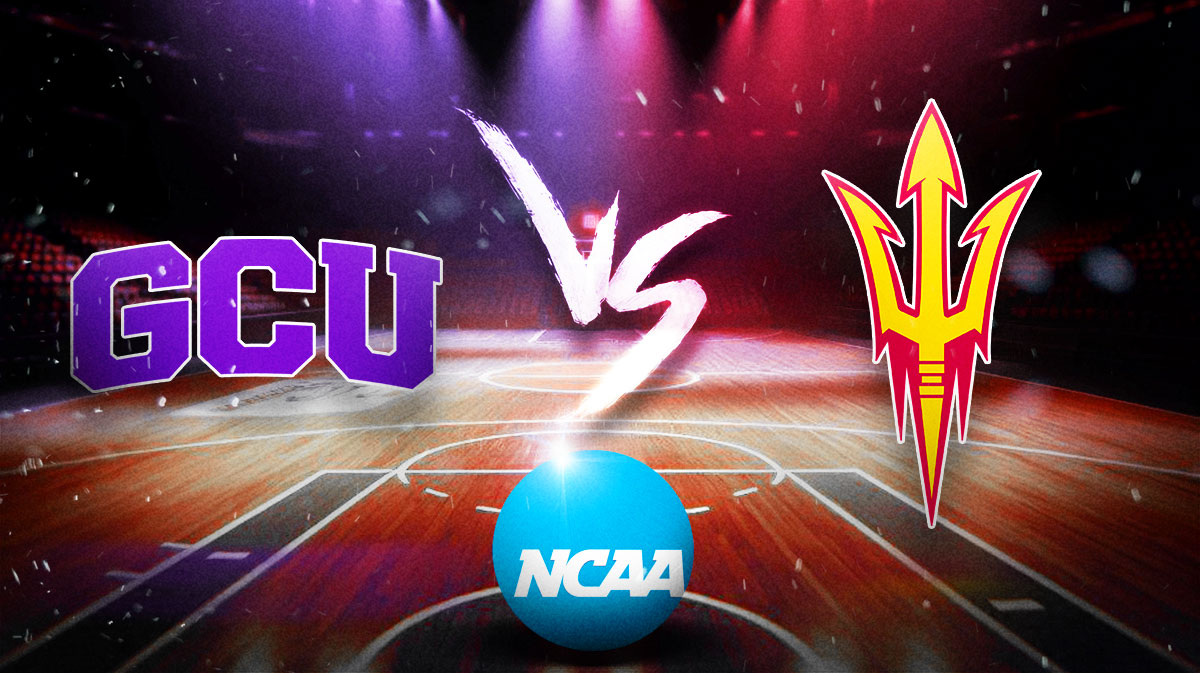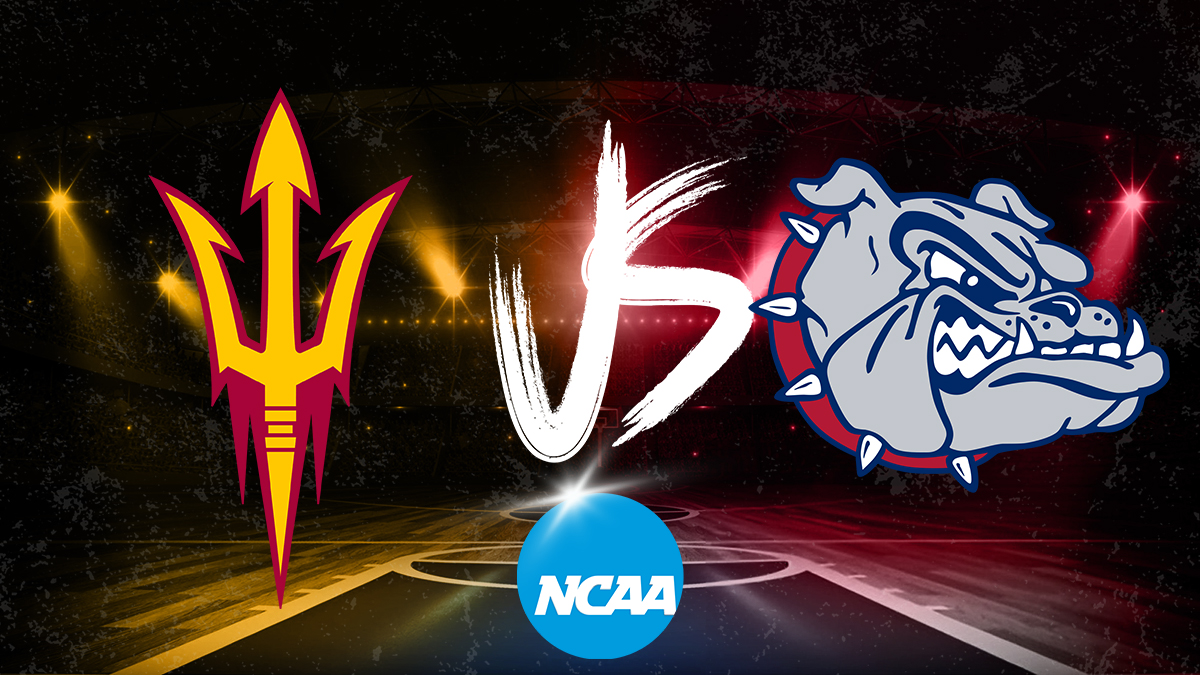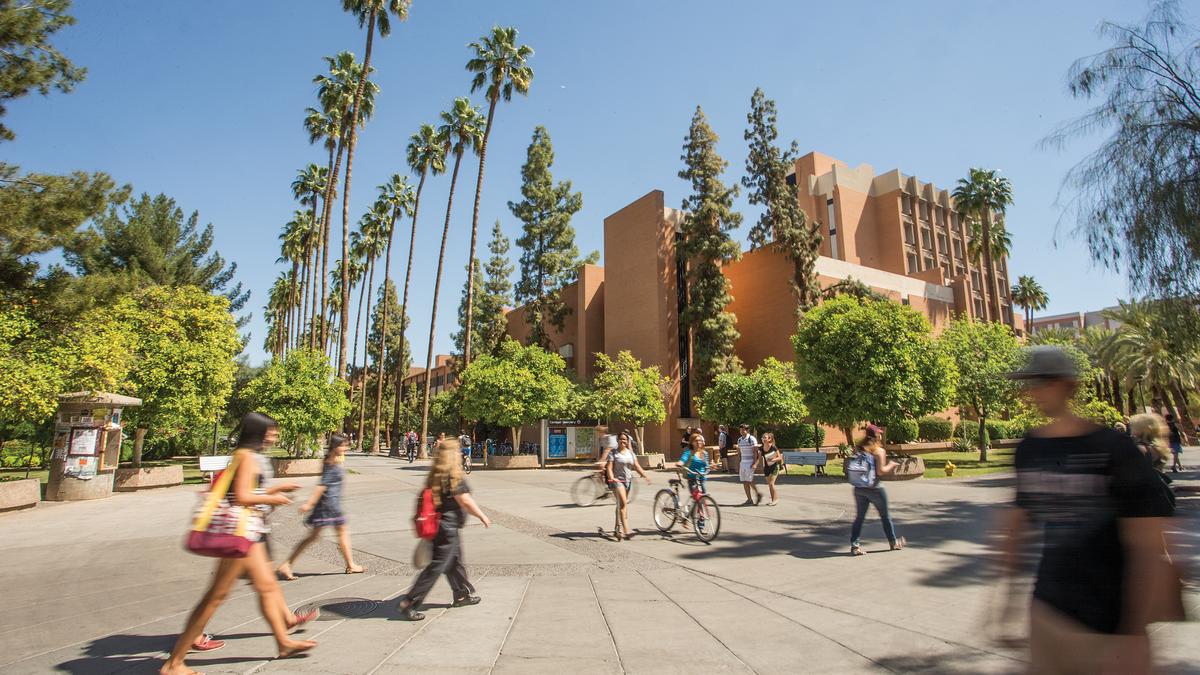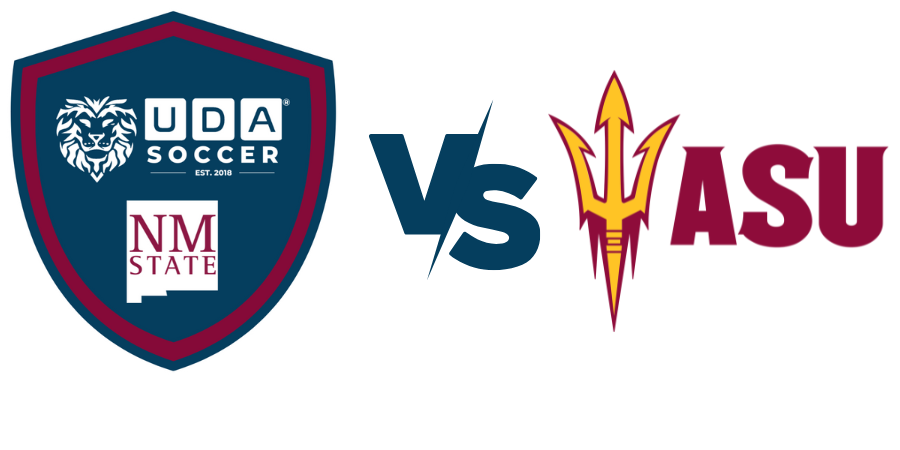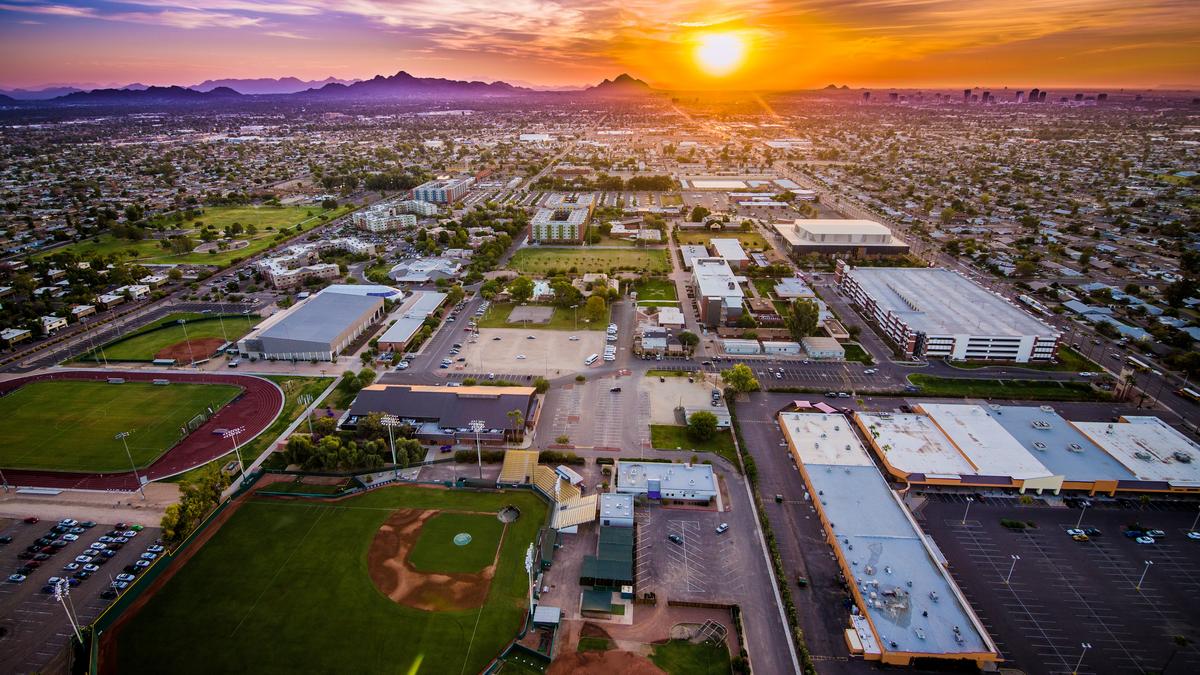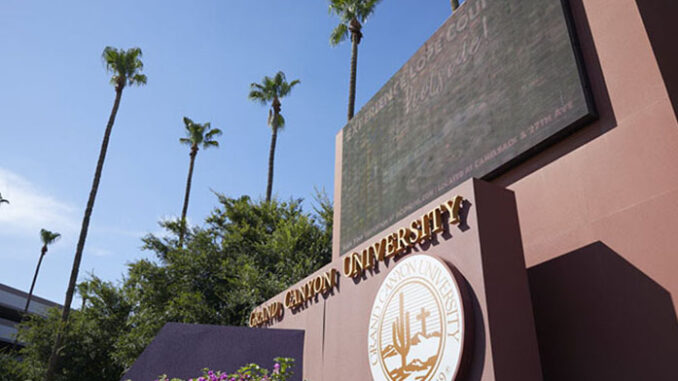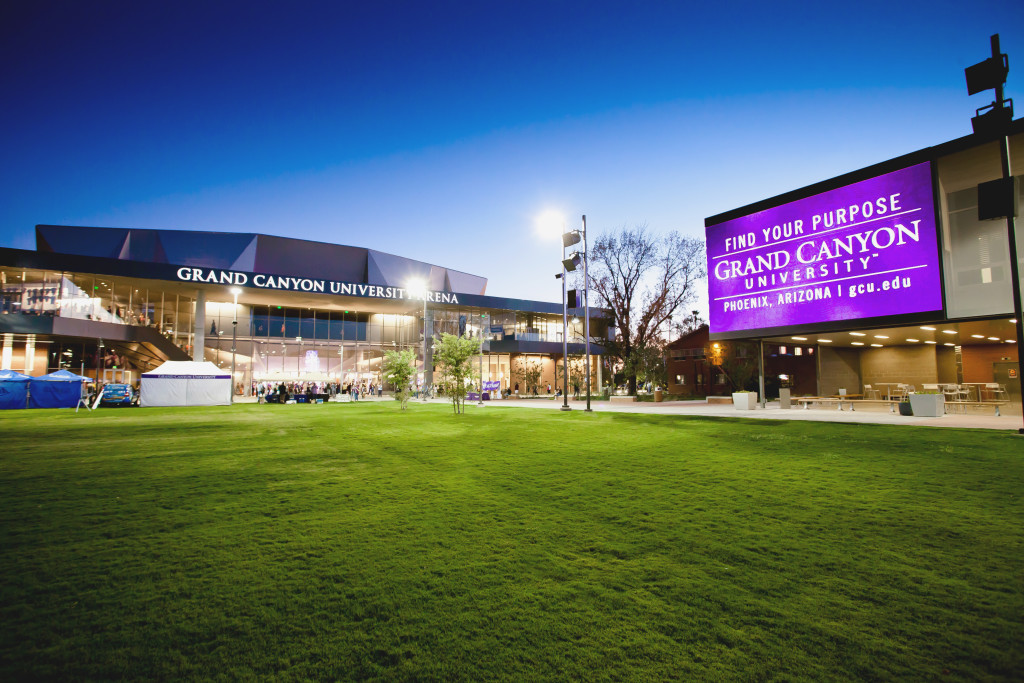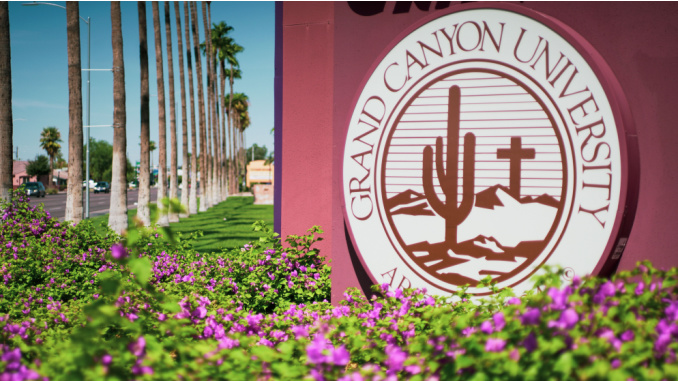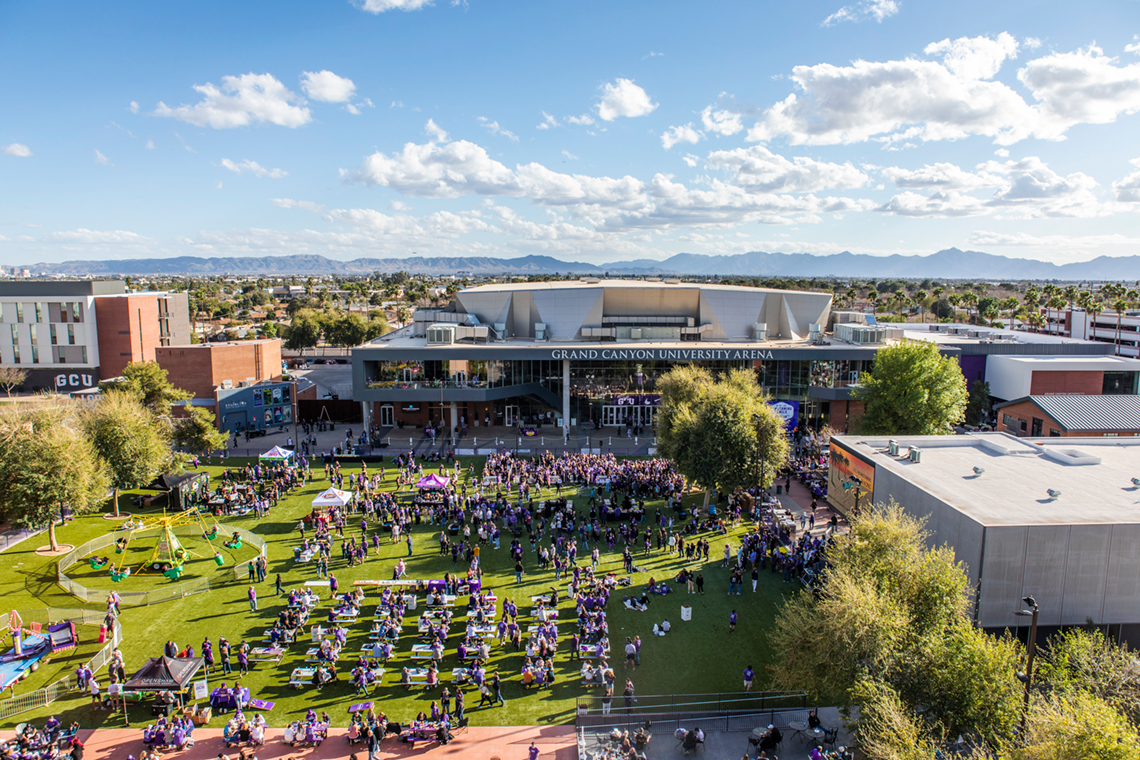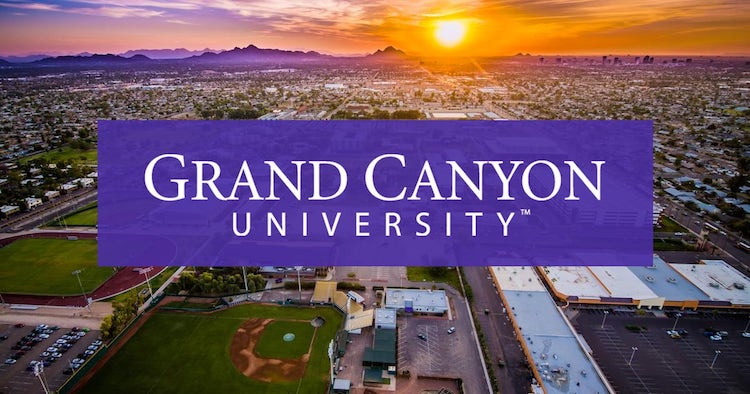Grand Canyon University Vs Arizona State University

The rivalry between Grand Canyon University (GCU) and Arizona State University (ASU) transcends the basketball court. It's a complex interplay of academic prestige, religious affiliation, and differing approaches to higher education in the rapidly growing Phoenix metropolitan area.
This tension, simmering for decades, has recently bubbled to the surface. It involves debates about research funding, accreditation standards, and the very definition of a modern university.
The Heart of the Matter: A Tale of Two Universities
At its core, the GCU vs. ASU dynamic reflects two distinct visions for higher education. ASU, a large, public research university, emphasizes innovation, accessibility, and a broad range of academic disciplines.
GCU, a private Christian university, focuses on faith integration, career-oriented programs, and a close-knit community atmosphere.
Divergent Paths: Funding and Accreditation
A key point of contention revolves around funding models. ASU, as a public institution, receives significant state funding and benefits from robust research grants.
GCU, relying primarily on tuition revenue and private donations, has faced scrutiny regarding its for-profit past and its current non-profit status.
The Higher Learning Commission (HLC), GCU's accreditor, has been a subject of discussion. This has caused questions to arise regarding the university’s classification, which has implications for its future endeavors.
Academic Offerings and Research Focus
ASU boasts a comprehensive array of academic programs, from engineering and business to the arts and humanities, and is renowned for its cutting-edge research initiatives. The university's charter emphasizes social embeddedness, seeking to address pressing societal challenges through research and community engagement.
GCU, while expanding its academic offerings, maintains a strong emphasis on vocational and professional programs. This includes nursing, education, and business, all while integrating a Christian worldview into its curriculum.
The research output at ASU dwarfs that of GCU, reflecting the different missions and funding levels of the two institutions. The Carnegie Classification of Institutions of Higher Education recognizes ASU as a "very high research activity" university.
Student Demographics and Campus Culture
ASU attracts a diverse student body from across the globe, fostering a vibrant and cosmopolitan campus culture. Greek life is active, and there are many clubs and organizations catering to diverse interests.
GCU, while also growing in diversity, maintains a more tightly knit community atmosphere, with a strong emphasis on faith-based activities and student life. The university actively promotes its Christian identity through chapel services, student ministries, and a code of conduct that reflects its values.
The Economic Impact and Future Trajectory
Both universities contribute significantly to the Arizona economy, generating jobs and attracting businesses to the state. ASU's research prowess and entrepreneurial ecosystem have been instrumental in driving economic growth.
GCU's rapid expansion has also spurred economic development, particularly in west Phoenix, with new housing, retail, and commercial projects surrounding the campus.
Looking ahead, the rivalry between GCU and ASU is likely to intensify as both institutions continue to grow and evolve. The debate over GCU's accreditation and non-profit status is far from settled, and its future trajectory will depend on its ability to navigate these challenges.
ASU, meanwhile, will continue to push the boundaries of research and innovation, seeking to solidify its position as a leading global university. The competition between these two universities will undoubtedly shape the future of higher education in Arizona and beyond, pushing each institution to innovate and strive for excellence in its own unique way.
